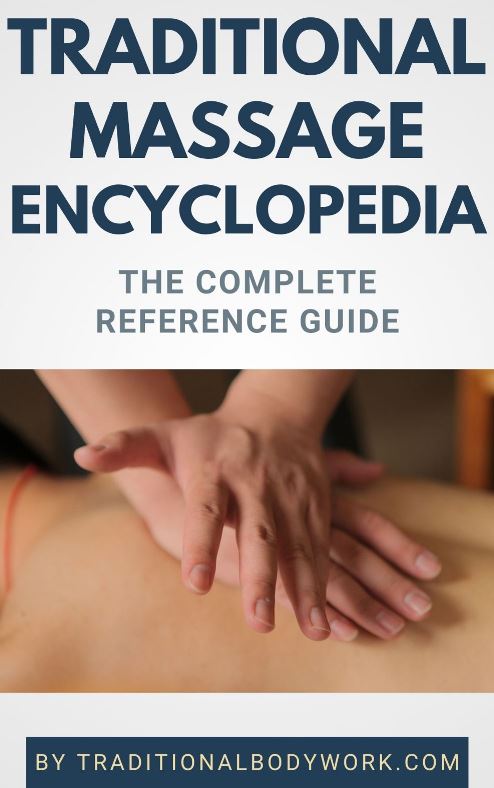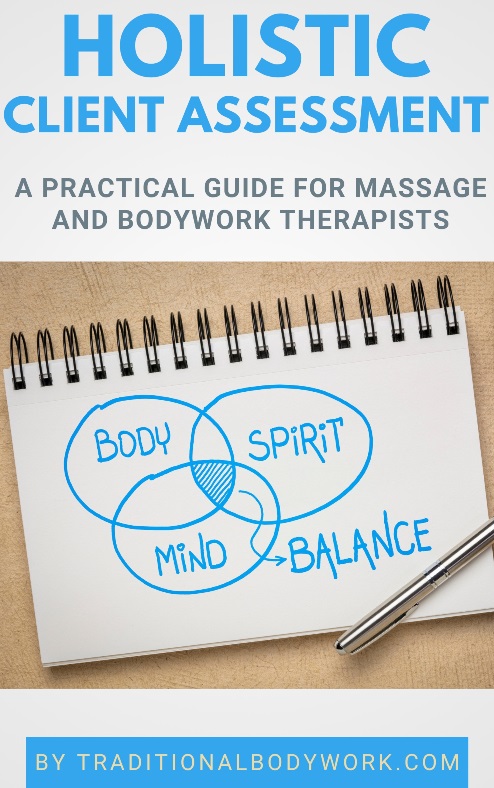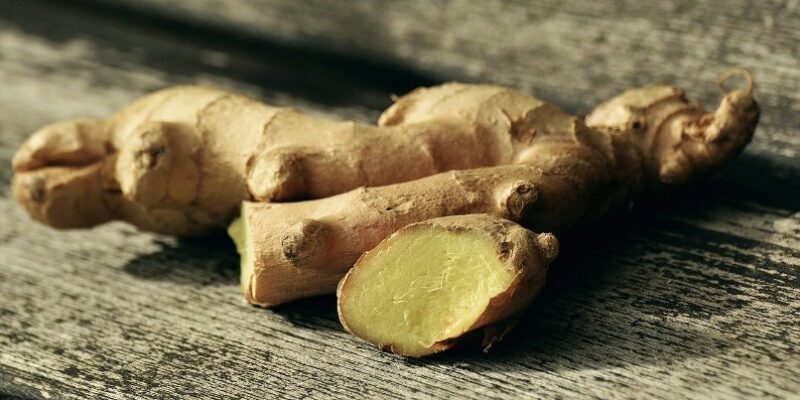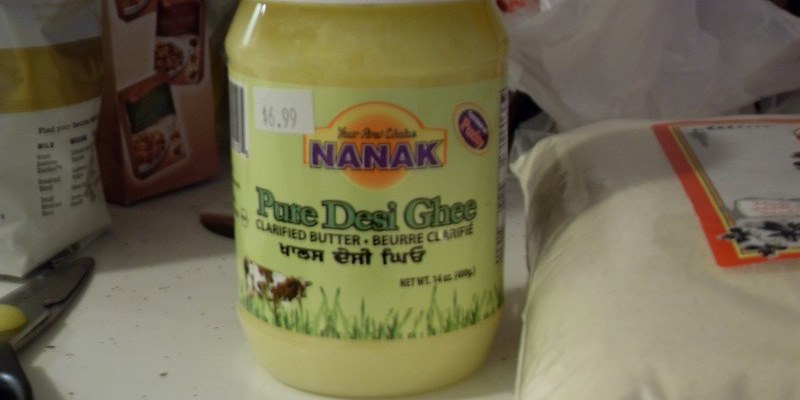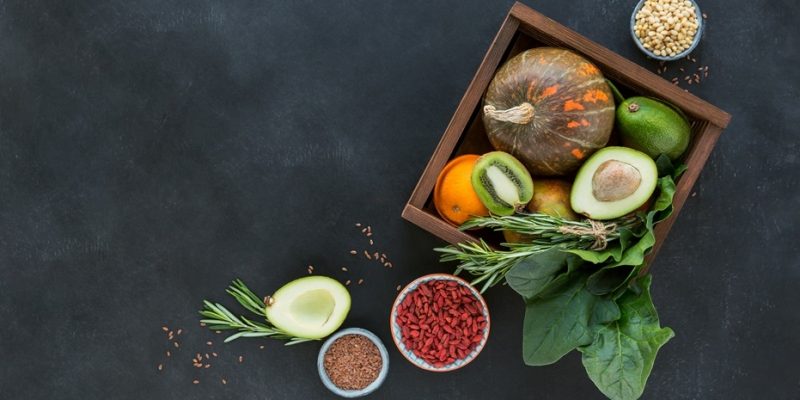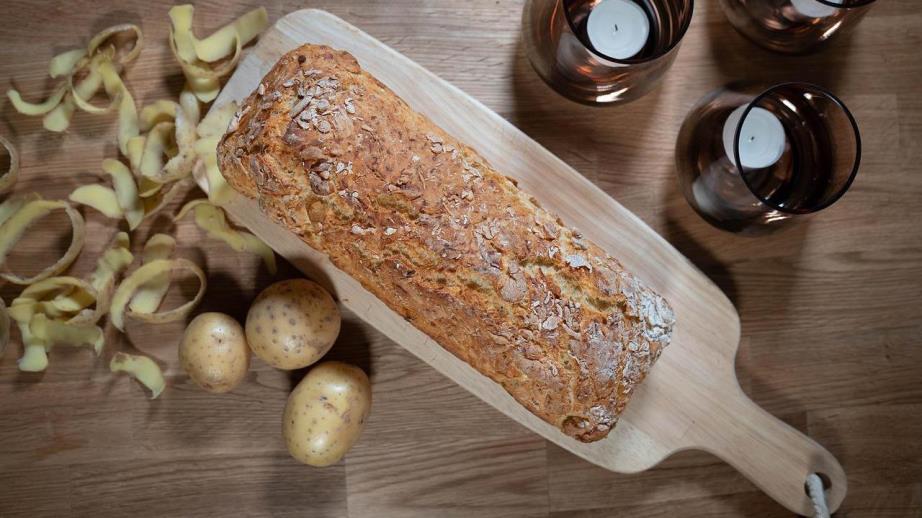
Nothing beats the smell of freshly baked bread, and it’s even better when it’s coming right out of your kitchen. This is because there are so many varieties of bread with a multitude of health benefits coming from each.
Which type of bread you choose is up to you, depending on your preferences and, most importantly, your health condition.
A low-protein diet is ideal, especially for individuals with certain medical conditions. Here we bring you the perfect low-protein potato bread recipe, which is healthy and simple enough to try at home.
Benefits Of A Low-Protein Diet
First, let’s learn the importance of following a low-protein diet.
Reduced protein intake is beneficial for individuals with impaired kidneys or liver disease. This is because the liver breaks down excess protein, producing urea, which are then excreted by the kidneys.
When you go on a low-protein diet, there is less protein to break down, which reduces the workload on the kidneys.
It also prevents the buildup of urea in the bloodstream. High-urea levels in the bloodstream cause side effects, including loss of appetite, fatigue, and weight loss.
A low-protein diet reduces the risk of developing chronic medical conditions such as diabetes, heart disease, and cancer.
Low-Protein Potato Bread Recipe
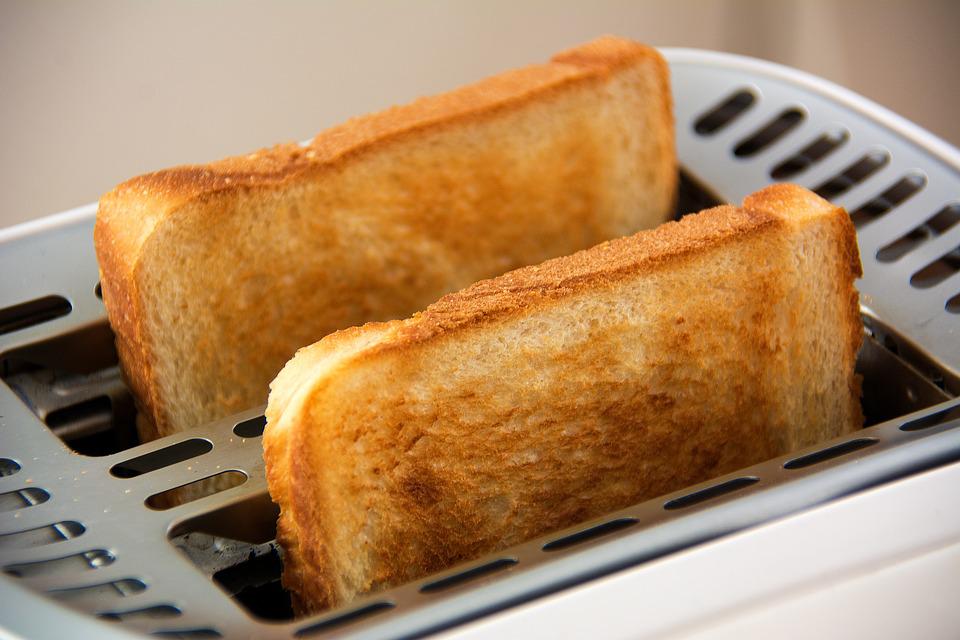
Now, let’s get baking with this delicious potato bread recipe that is healthy and nutritious. Don’t worry, this bread tastes like traditional white bread, with a slight taste of potatoes.
The potatoes are in there for texture rather than taste. As a result, the bread is soft, and, at the same time, the potatoes help keep it sturdy.
Information on this recipe:
- Servings: 20
- Prep time: 15 minutes
- Cook time: 35 minutes
- Rise time: 55 minutes
- Total time: 1 hour 45 minutes
Ingredients
- ¼ cup water (warm)
- 1 cup of 2% milk (warm)
- 1 large egg
- ¼ cup granulated sugar
- A package of active dry yeast
- 4 cups of bread flour
- ½ cup mashed potatoes
- 1 teaspoon salt
- ¼ cup salted butter (melted)
Method
- Mix the warm water and milk using a mixer and sprinkle yeast over the resulting mixture.
- Combine sugar, egg, potatoes, butter, salt, and flour in the mixer.
- Switch to the dough hook in the mixer and beat until the mixture is slightly sticky. It should take about 5 to 7 minutes at medium-high speed.
- Place the kneaded dough in a bowl greased with cooking spray and cover with plastic wrap.
- Keep the bowl aside for 30 minutes until the dough has doubled.
- Divide the dough into two and place in two loaf pans (9×5 size).
- Cover the pans in plastic wraps and let the dough rise almost double in size. It should take about 25 minutes.
- Preheat the oven to 350 degrees Celsius and bake the uncovered bread for 30 to 35 minutes.
- Remove the bread from the pans when the tops are firm and golden brown.
- Place the bread on a wire rack and let it cool.
- Store the bread in an airtight container.
Serving Suggestions
You can enjoy this delicious homemade potato bread in many ways. Here are a few serving suggestions that you can try.
- Sprinkle some cinnamon sugar on potato bread toasts.
- Make tuna melts.
- Make French toast with thick slices of potato bread.
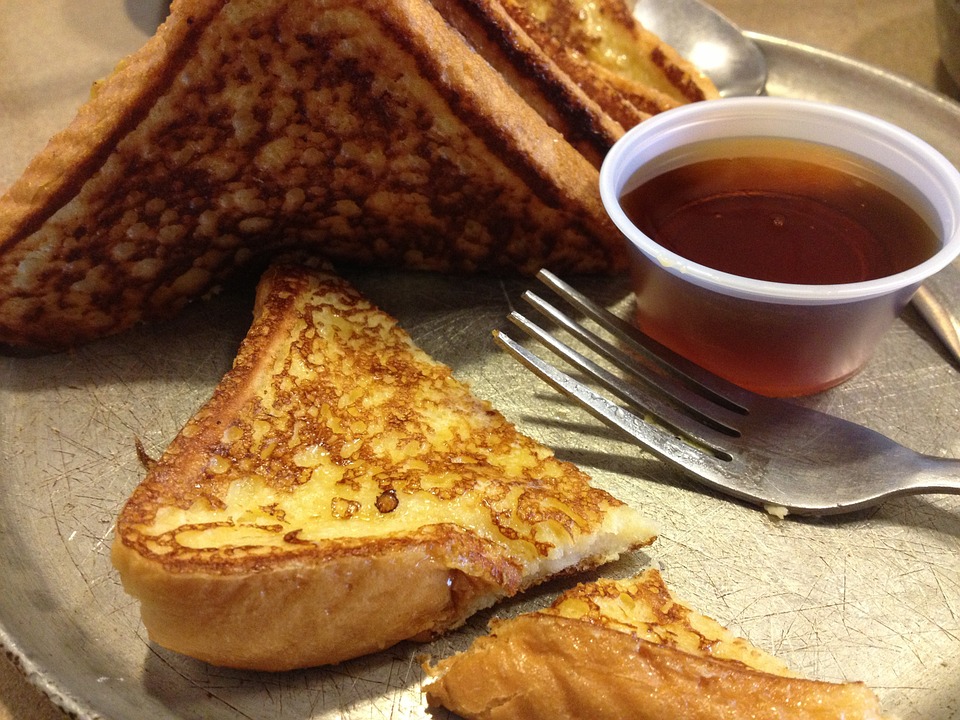
Nutritional Facts
Here are the nutritional facts for this recipe.
- Calories: 135 kcal
- Carbohydrates: 22 g
- Protein: 3g
- Fat: 3 g
- Saturated fat: 1 g
- Cholesterol: 16 mg
- Sodium: 146 mg
- Potassium: 69 mg
- Sugar: 3g
- Vitamin C: 0.6 mg
- Calcium: 21mg
- Iron: 0.4 mg
Tips
Follow the below tips to get soft and fluffy bread that tastes good with every bite.
- The use of bread flour makes the bread a chewy texture. If you want it to be ultra-soft, then stick with all-purpose flour.
- Combine butter and milk to make the mashed potatoes taste better.
- Use russet potatoes to get the perfect mashed potatoes.
Potato Bread Vs. Wheat Bread
Potato bread is similar to most other types of bread. The difference is that potatoes replace a portion of flour used to make the bread.
A slice of potato bread has 85 calories whereas a slice of wheat bread has 69 calories. This low-protein potato bread has 3 g of protein, the same as a slice of wheat bread.
A slice of potato bread will give you 4 to 6 percent of your required daily intake of iron, calcium, and vitamin B6.
Potato bread is also a rich source of potassium and folate, compared to wheat bread.
Low-Protein Meal Options
Below are a few low-protein meal options that you can try.
- Sandwich with lots of veggies.
- Low-protein pasta with veggies and topped with tomato sauce.
- Vegetable soup.
- Fried rice with vegetables.
- Meal replacement shakes without protein powder.
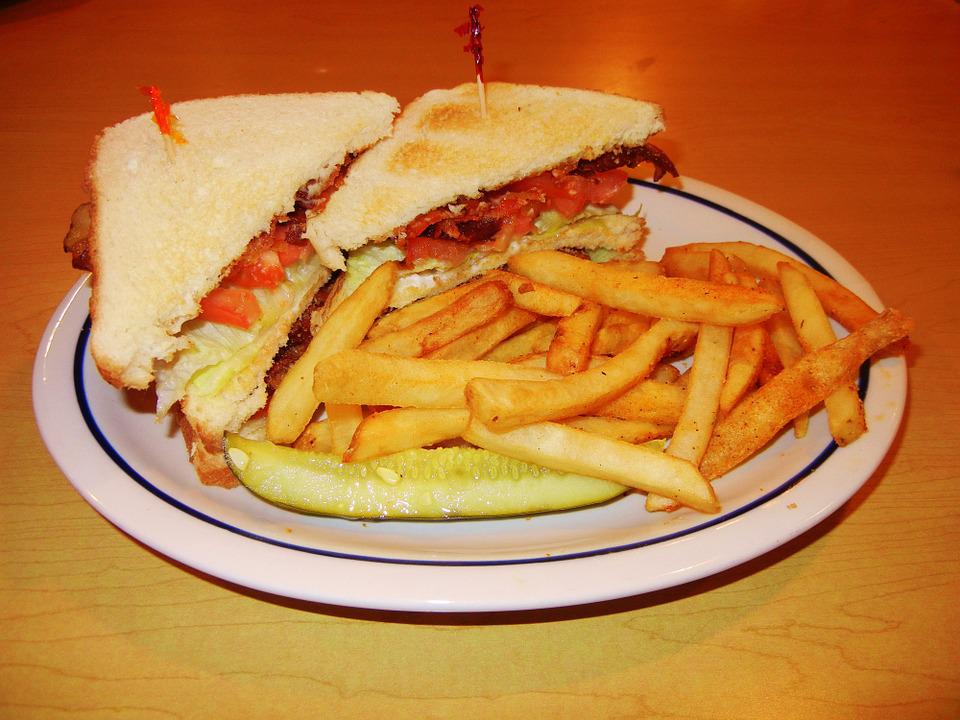
Conclusion
A low-protein diet is essential, especially for medical conditions like liver or kidney diseases. This low-protein potato bread recipe is easy to try even if you’re on a tight schedule.
Once you try it out, you’ll want to bake it more often.
FAQs
What Makes Potato Bread Different From White Bread?
Potato bread contains more potassium, calcium, magnesium, and iron than white bread. This recipe replaces a small portion of the flour with mashed potatoes.
Is Potato Bread Lower In Calories Than White Bread?
Potato bread has more calories than white bread.

